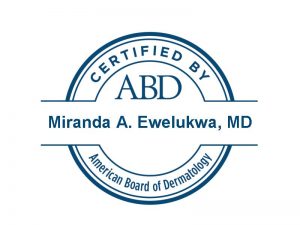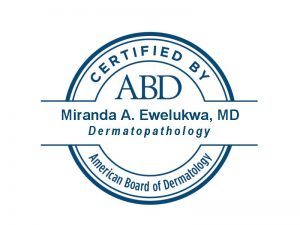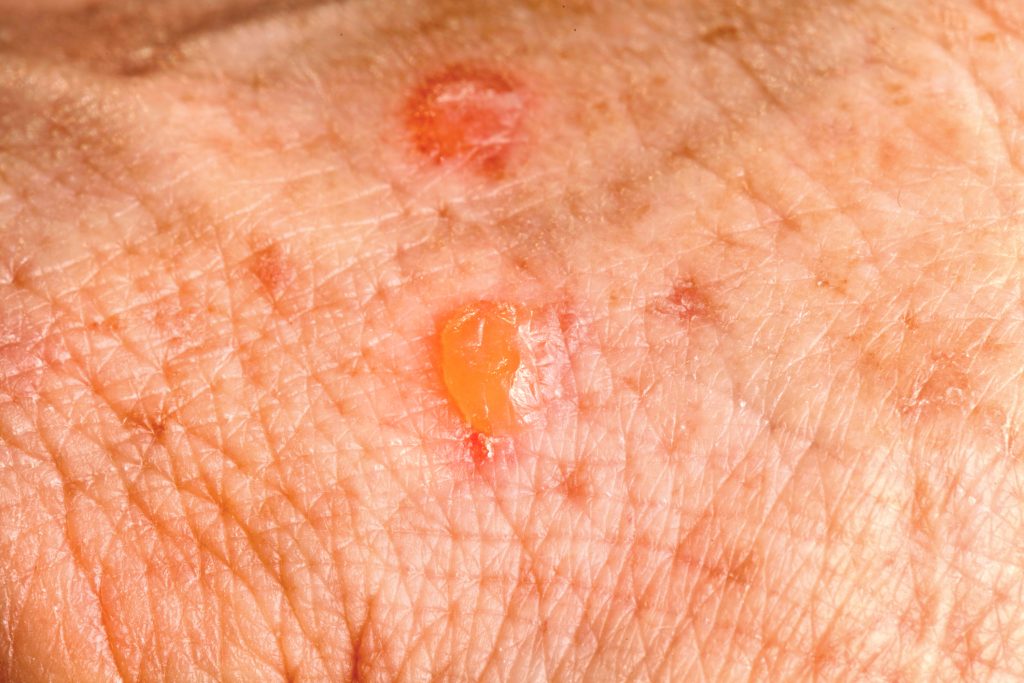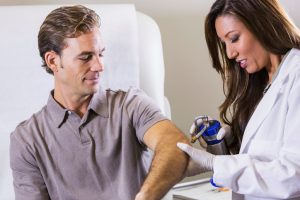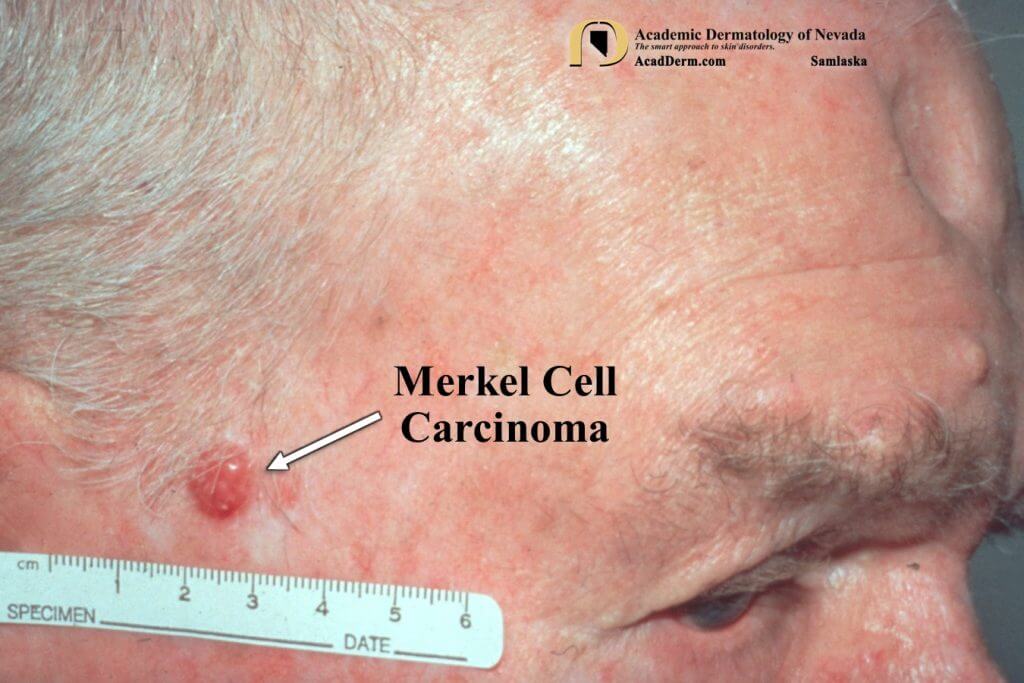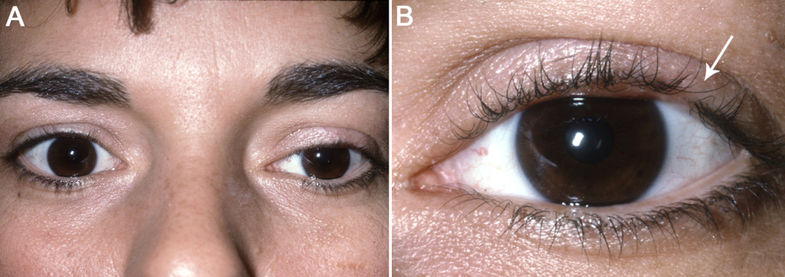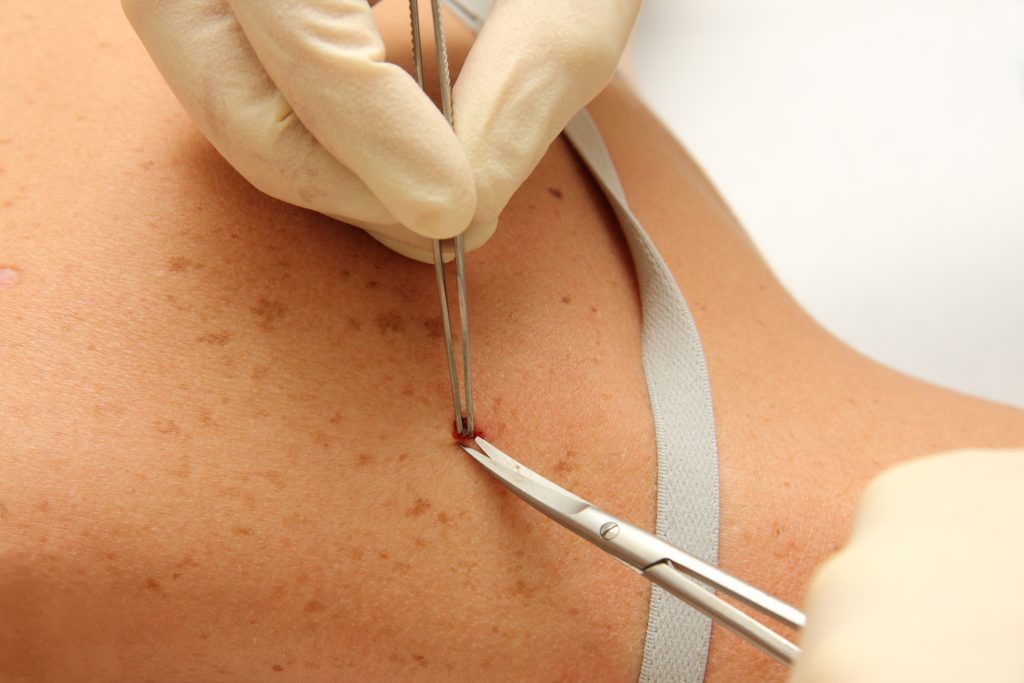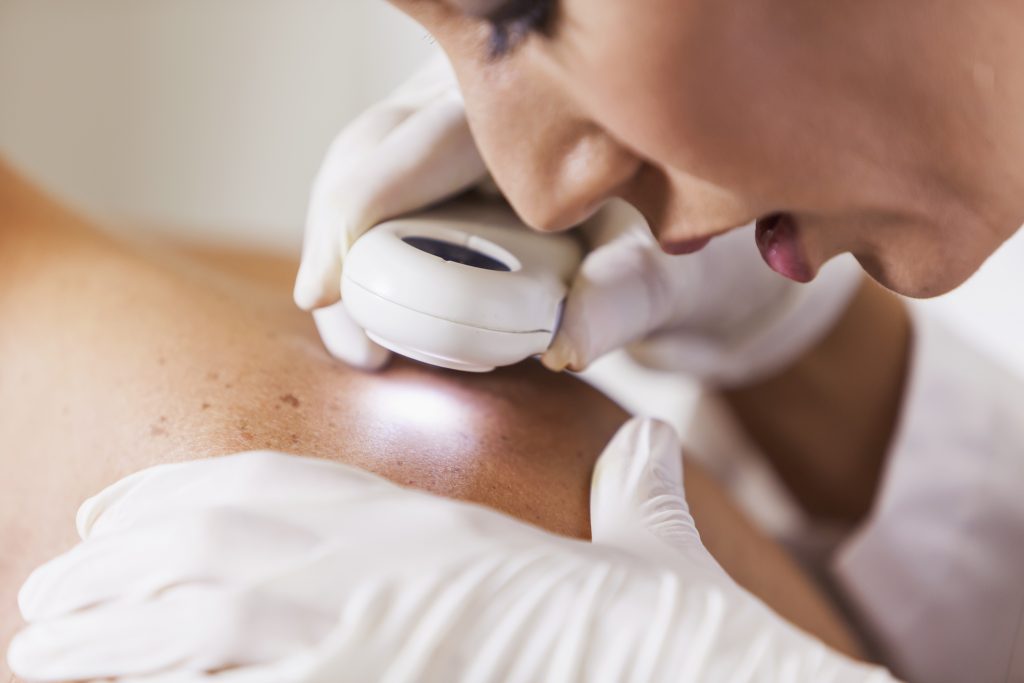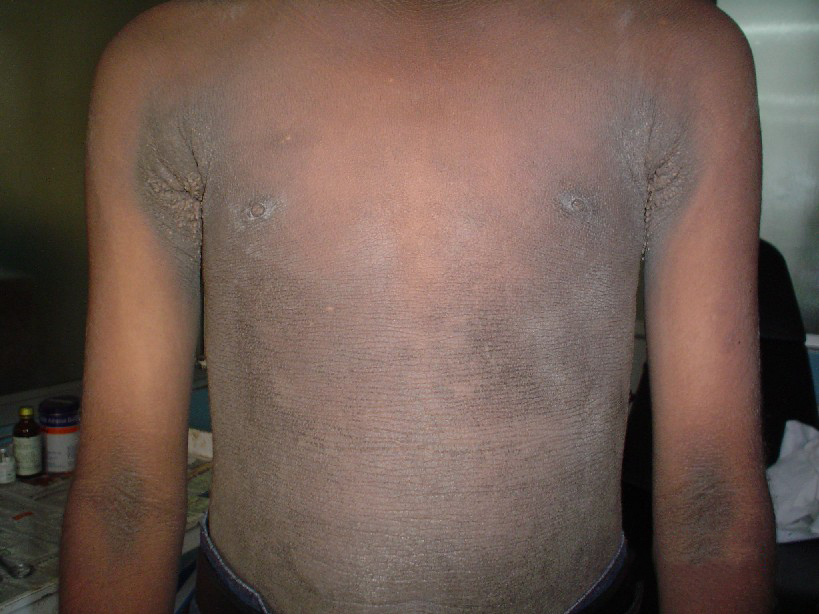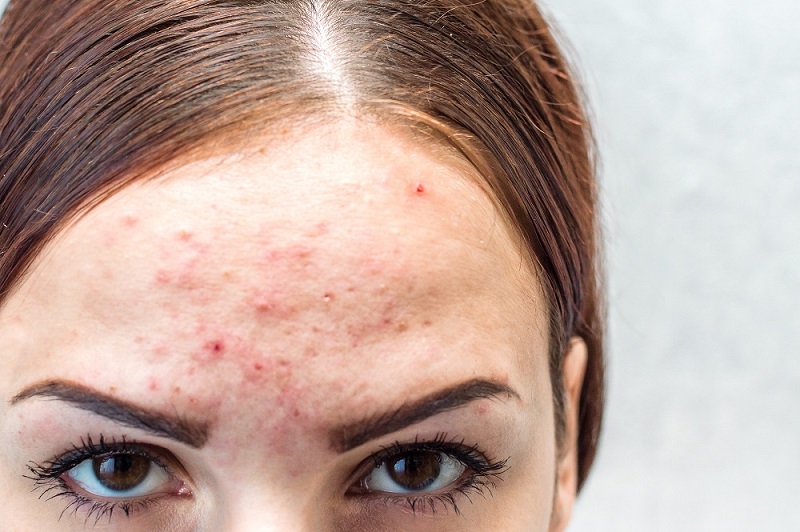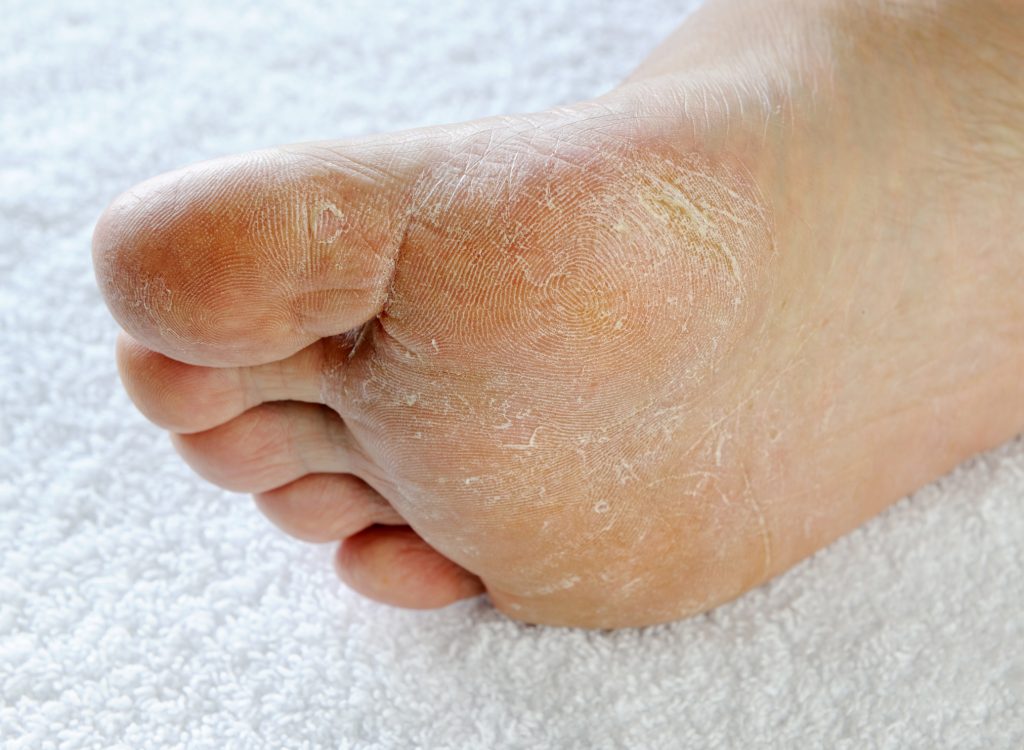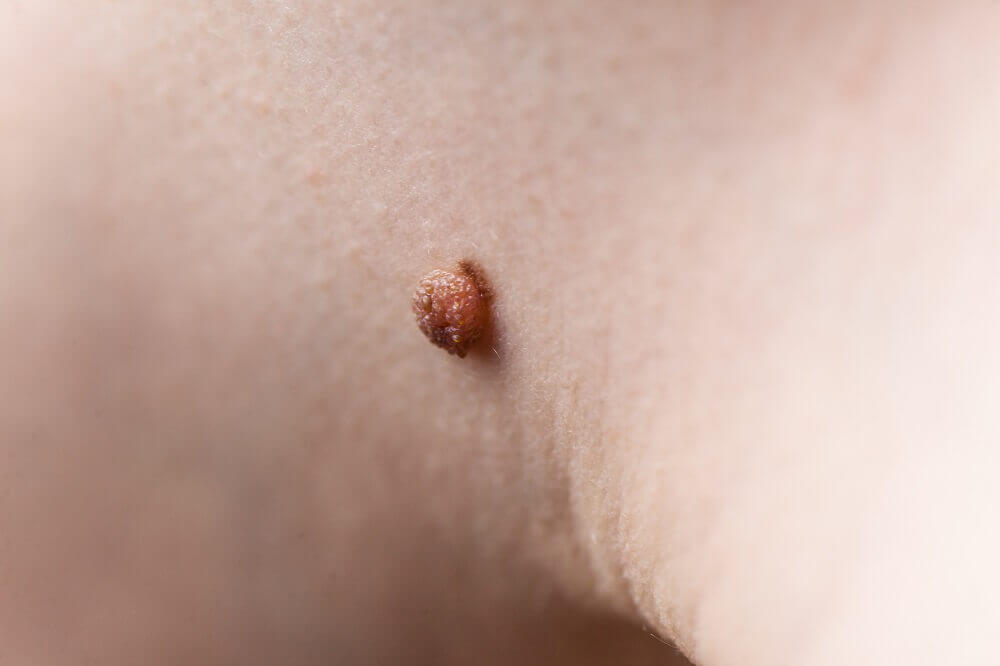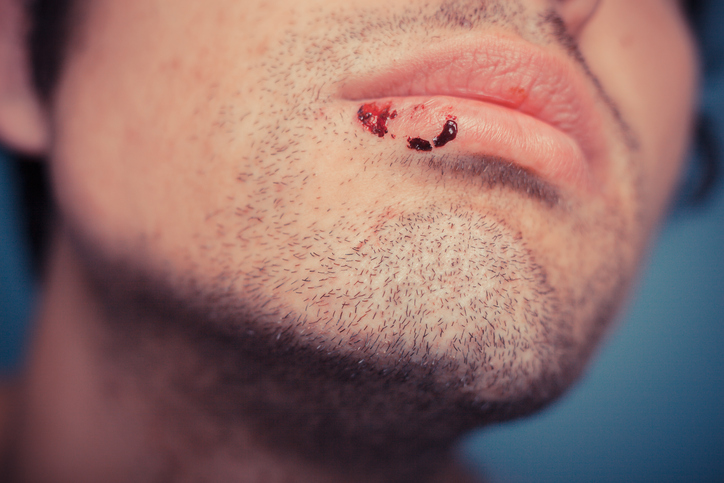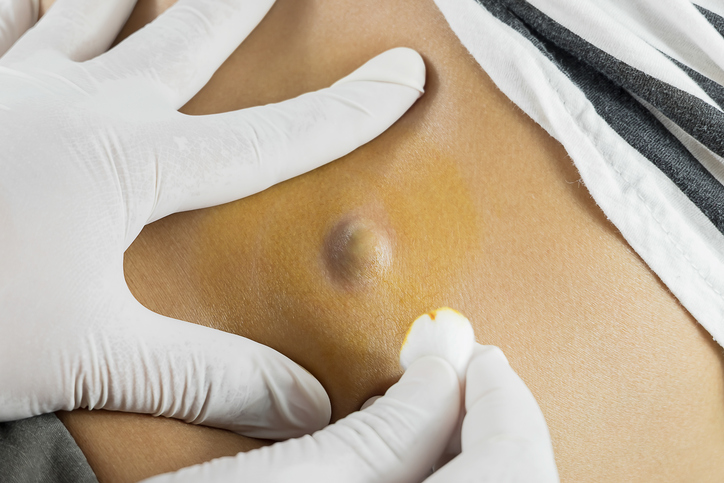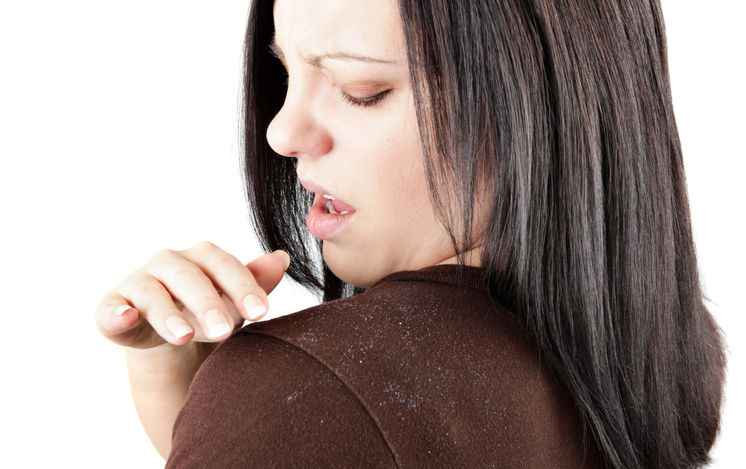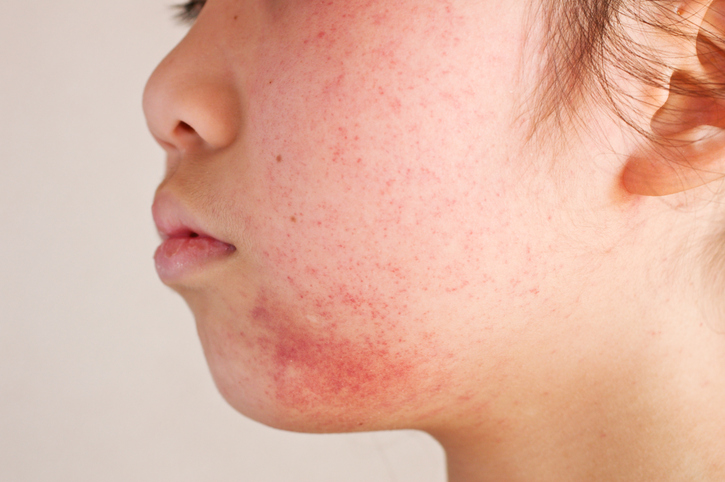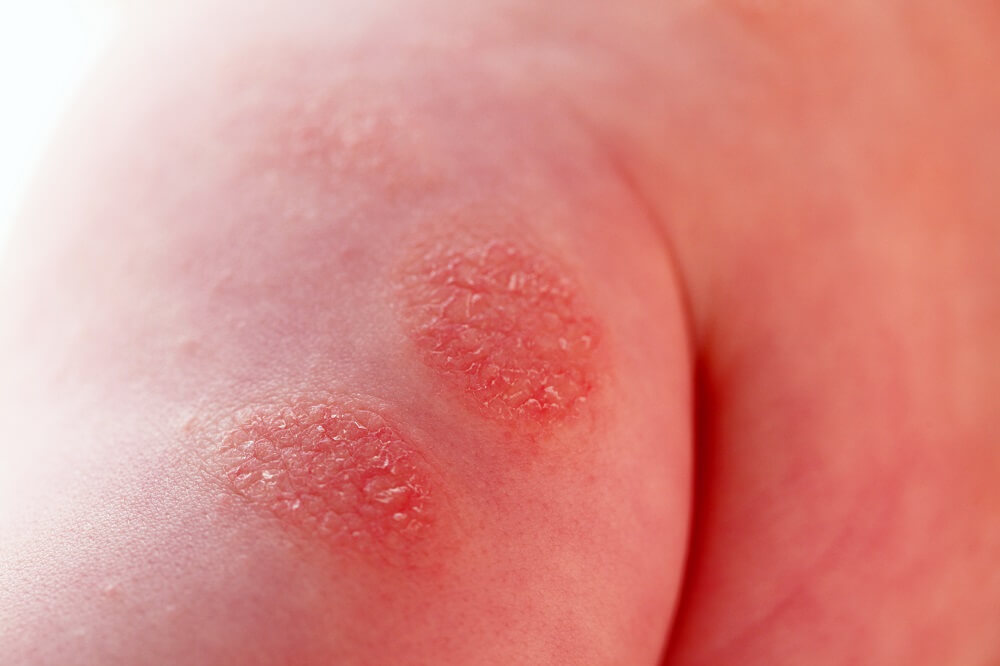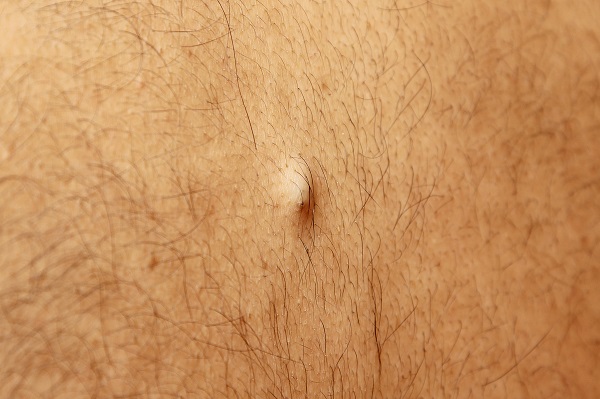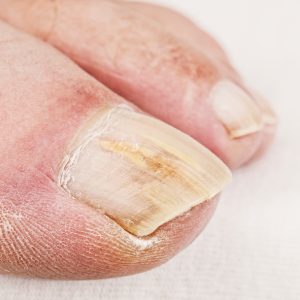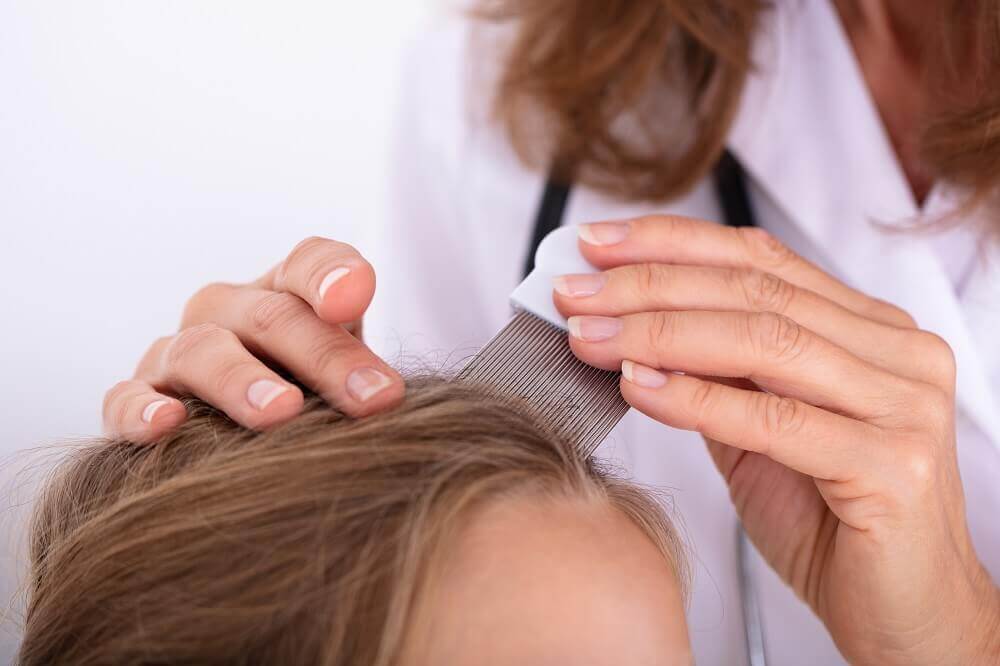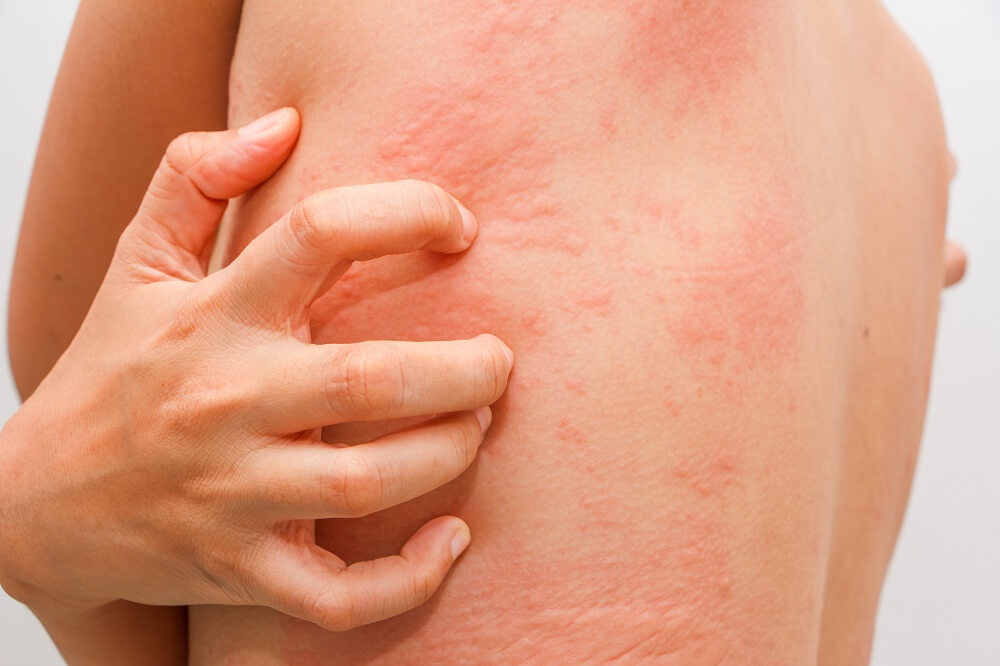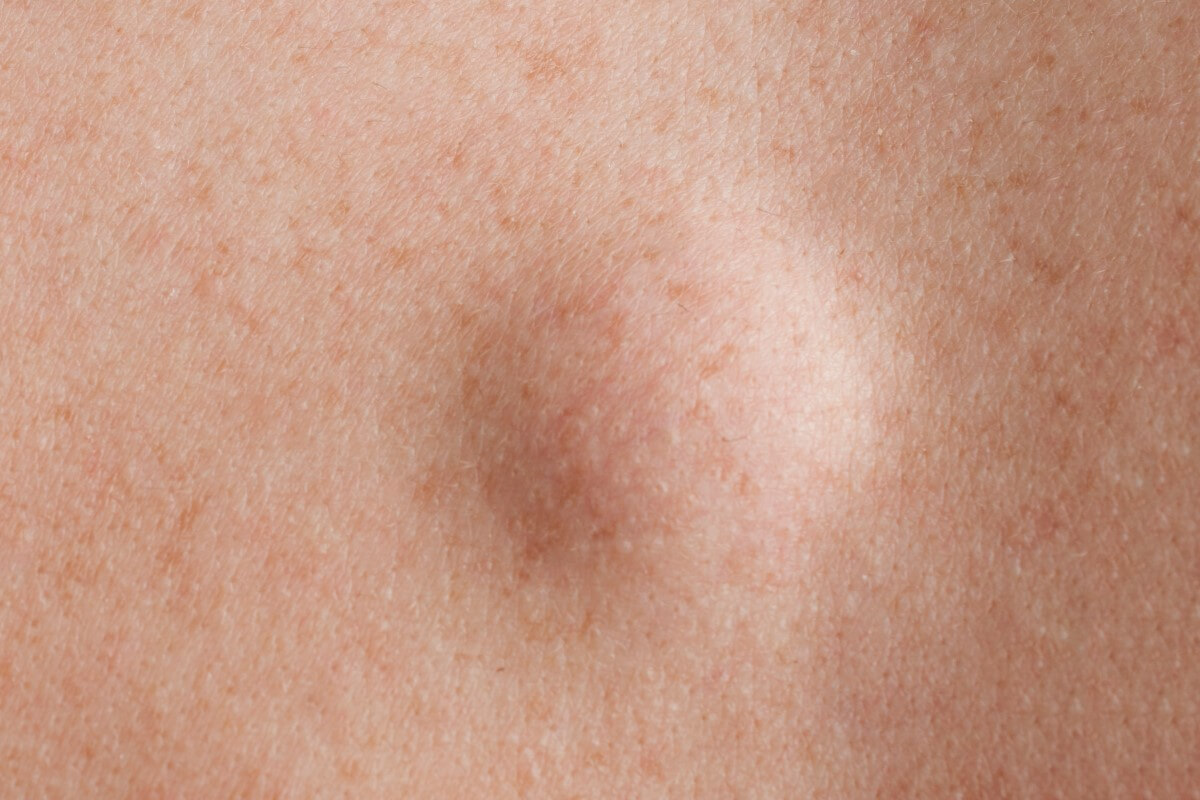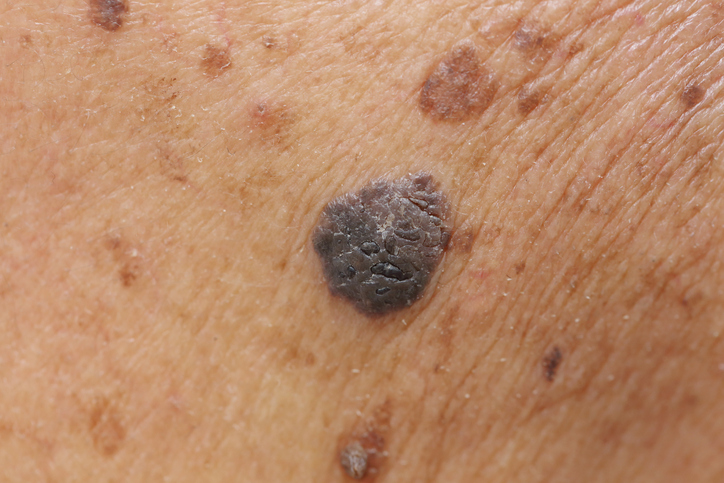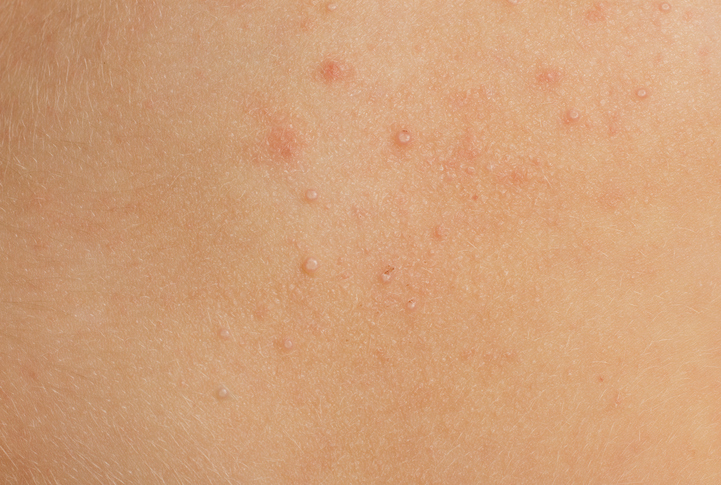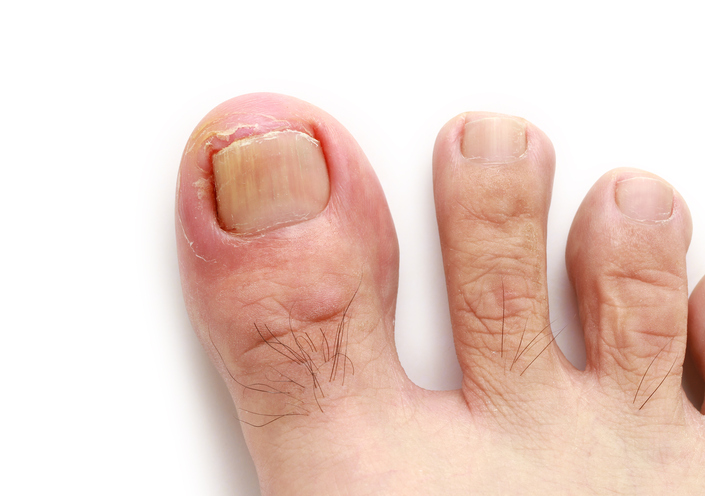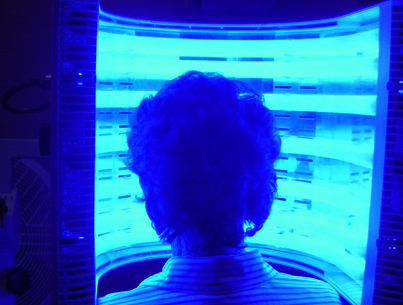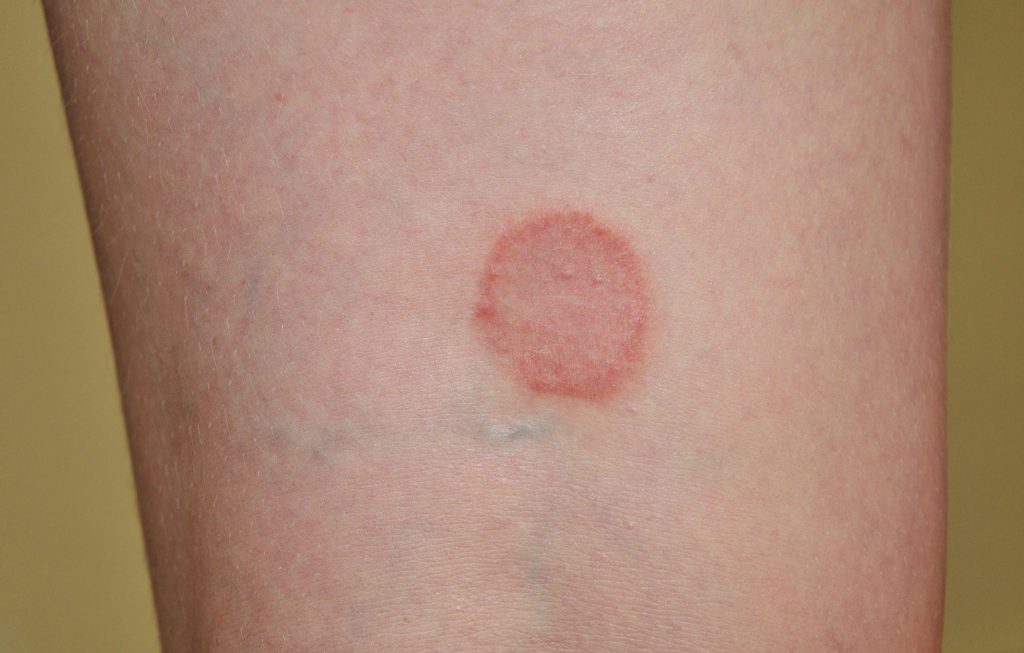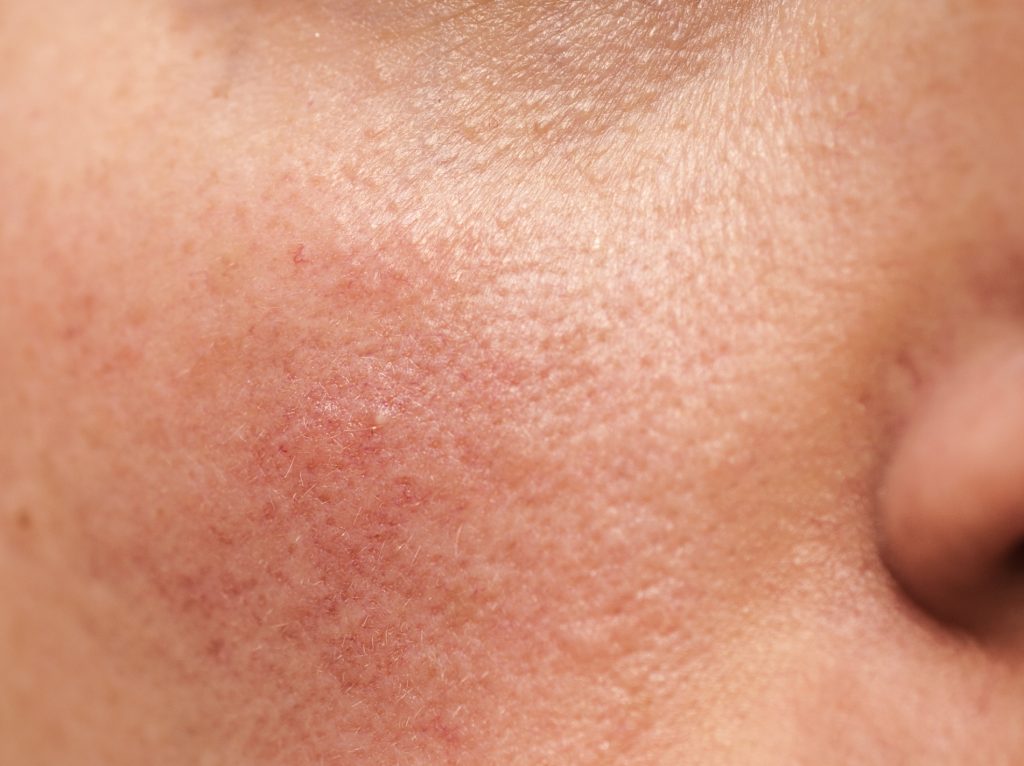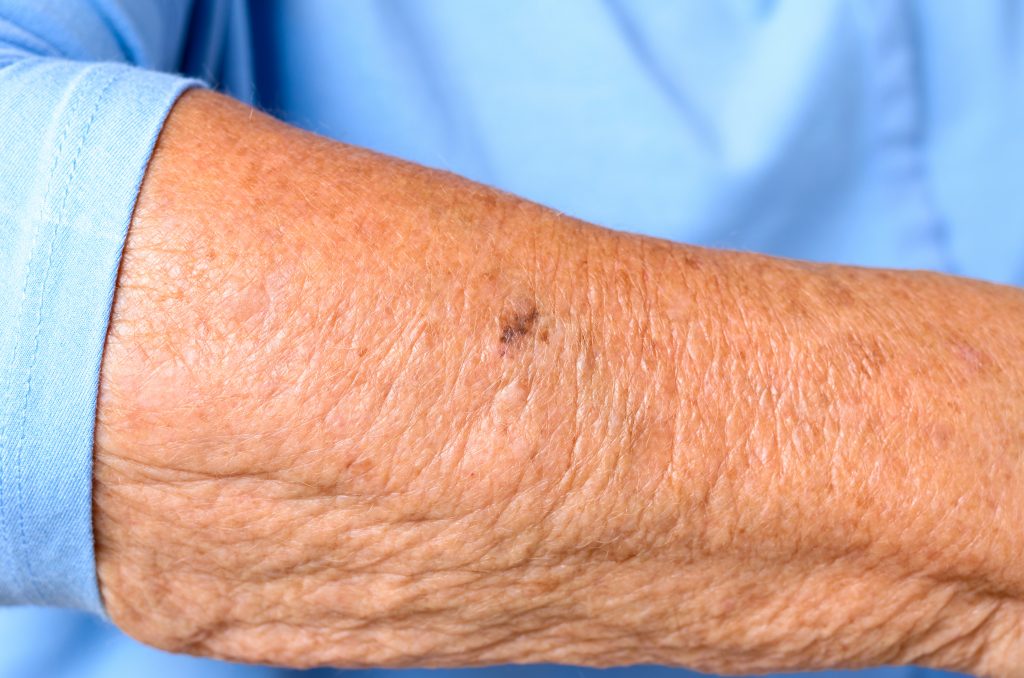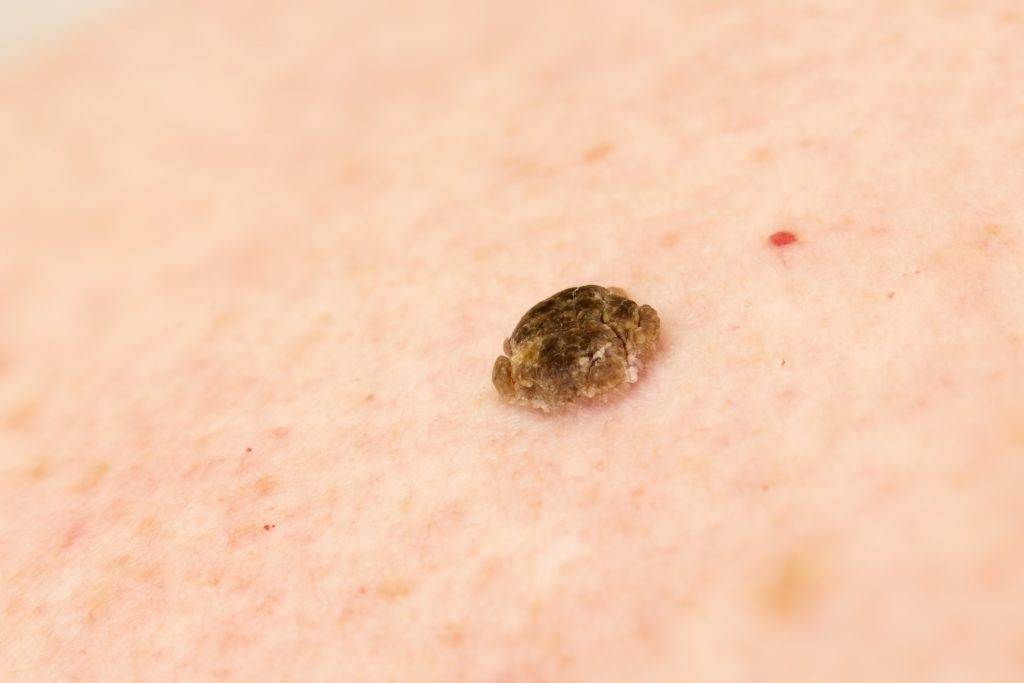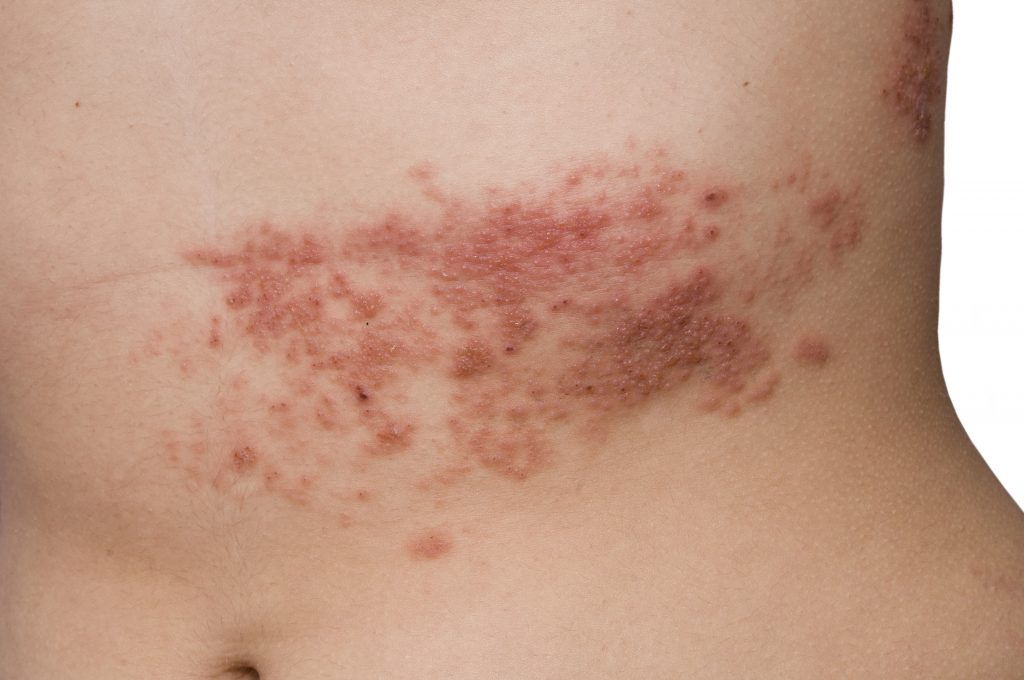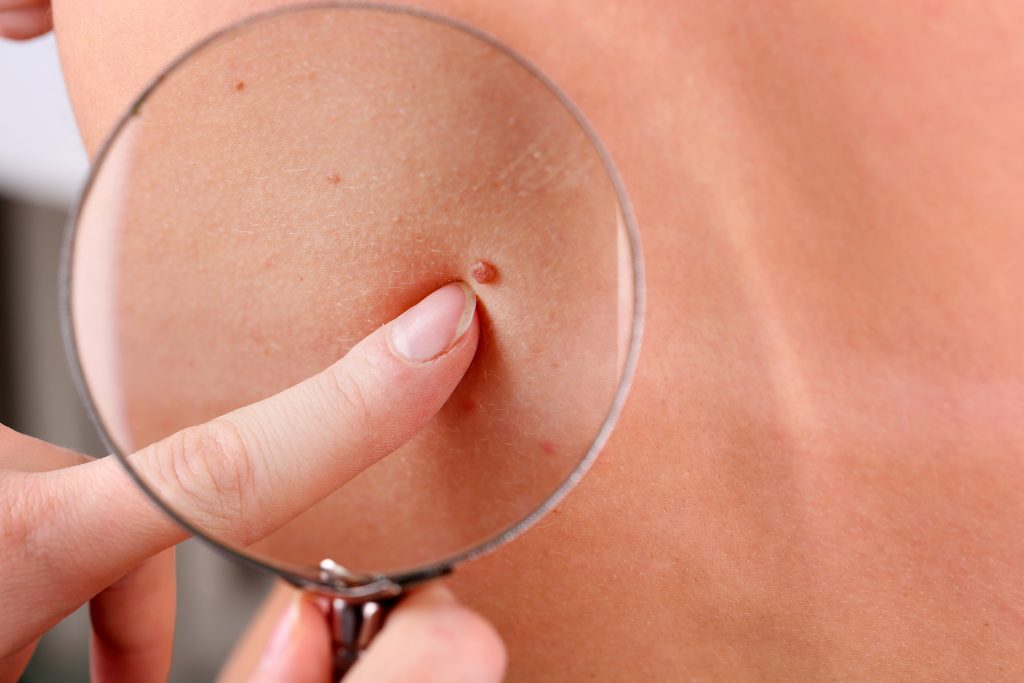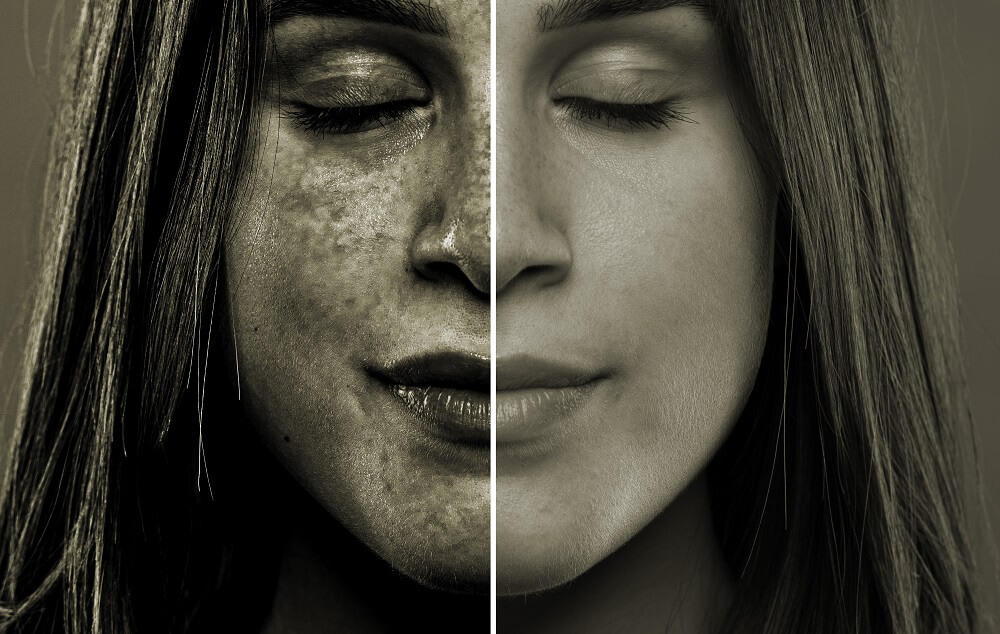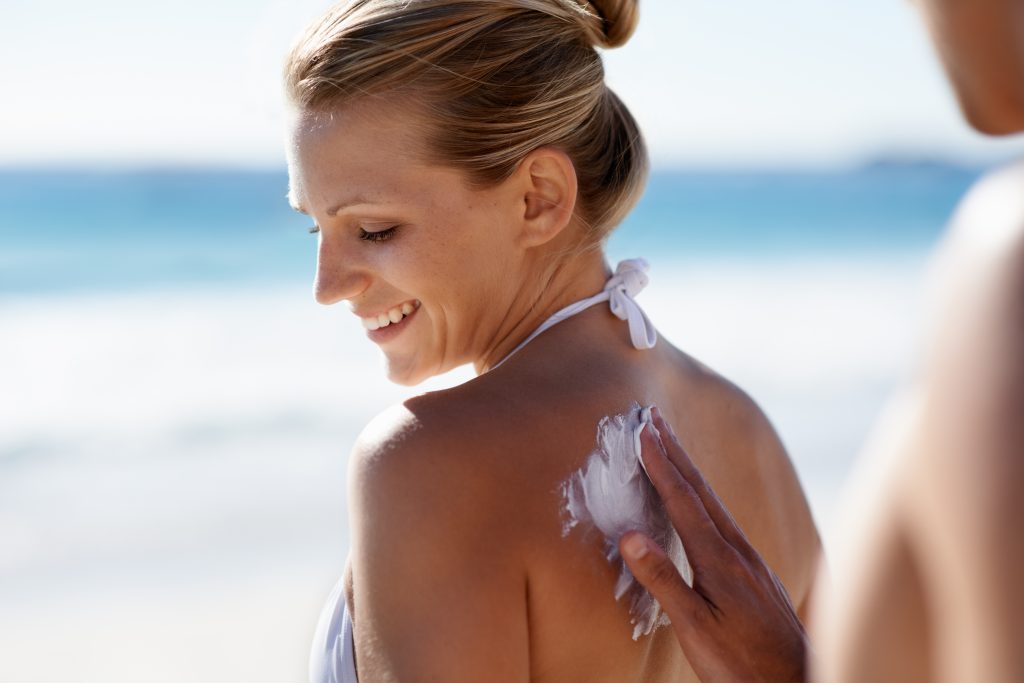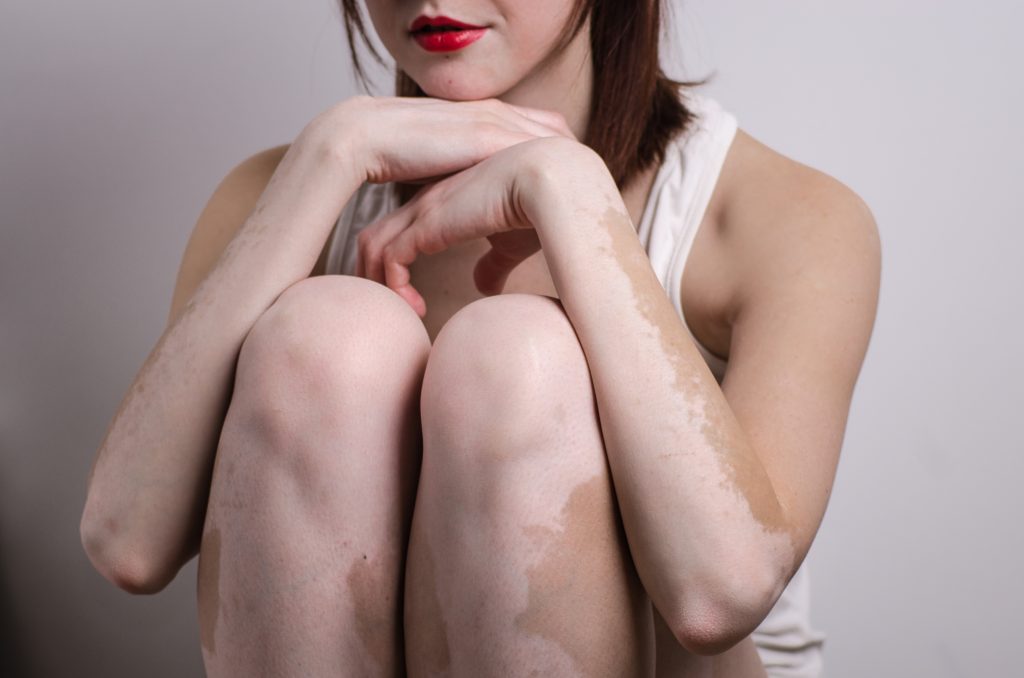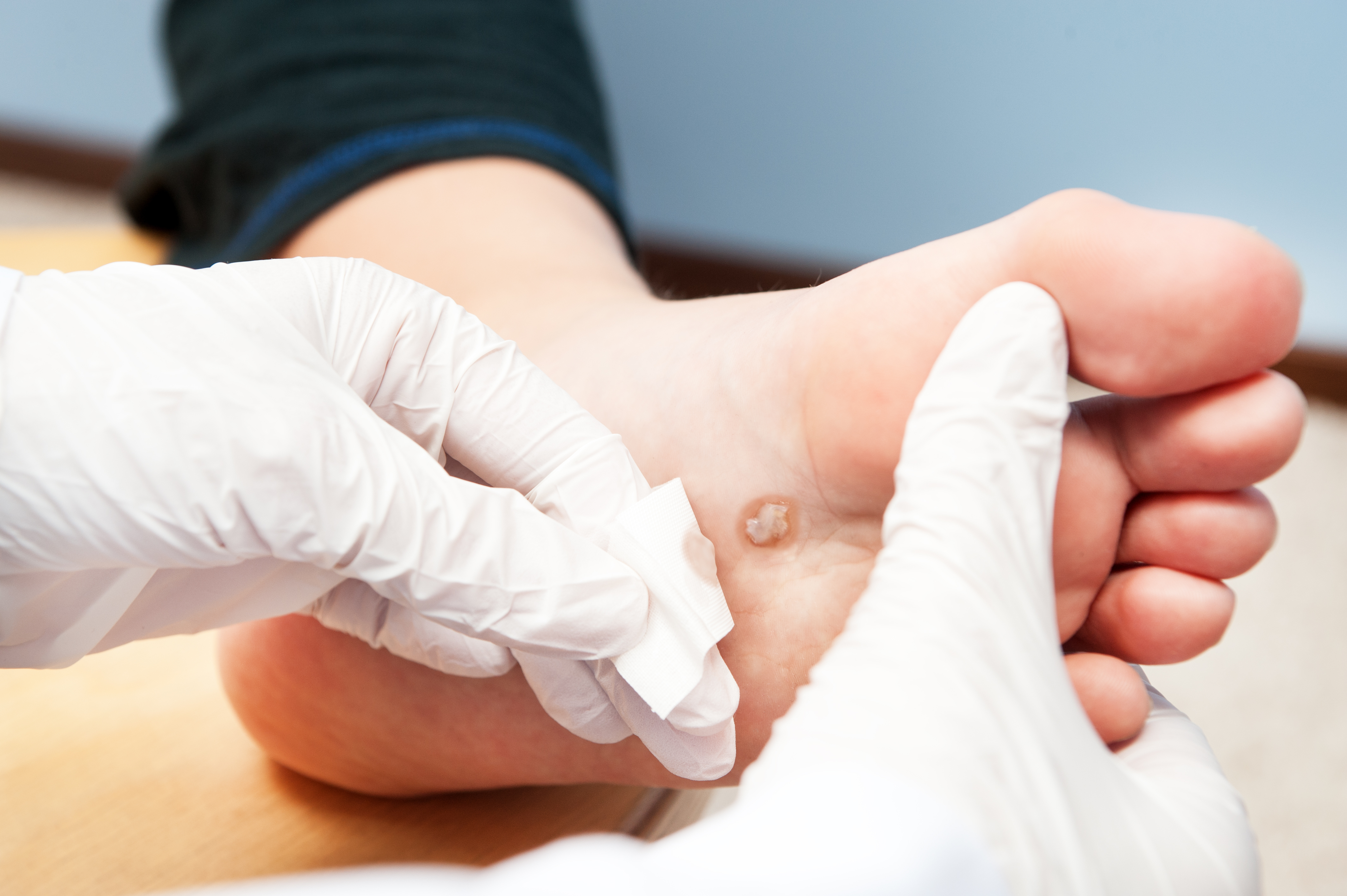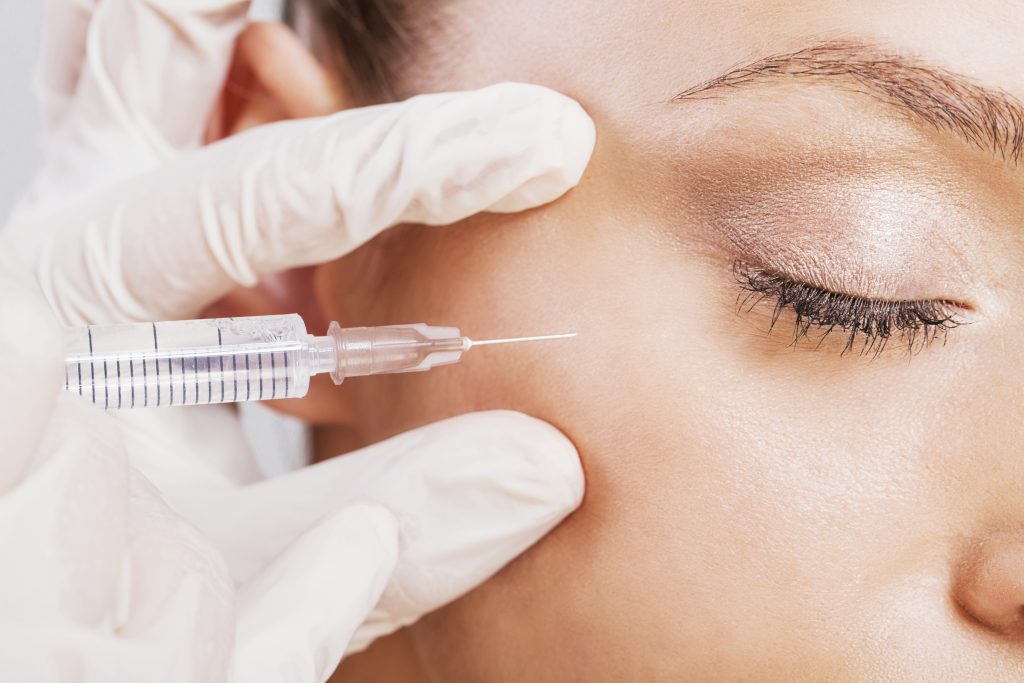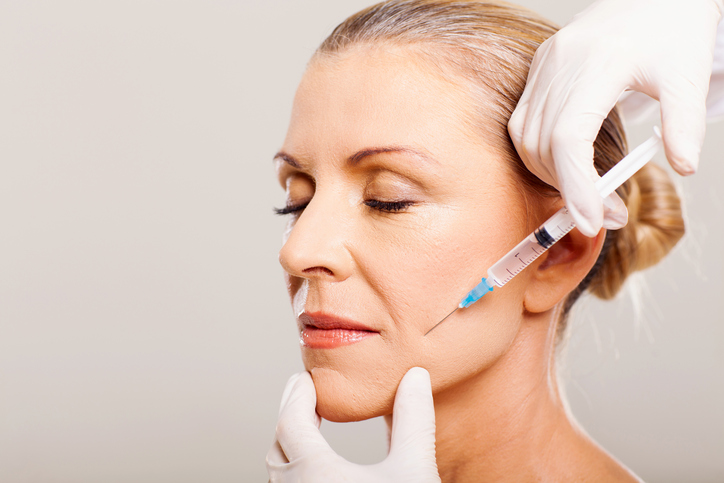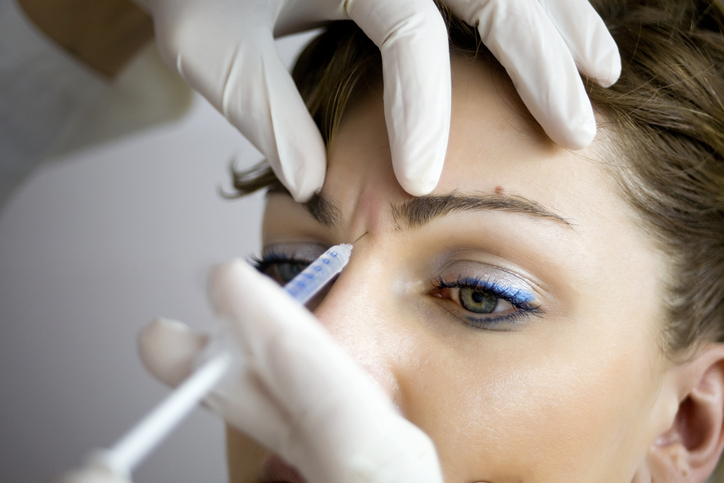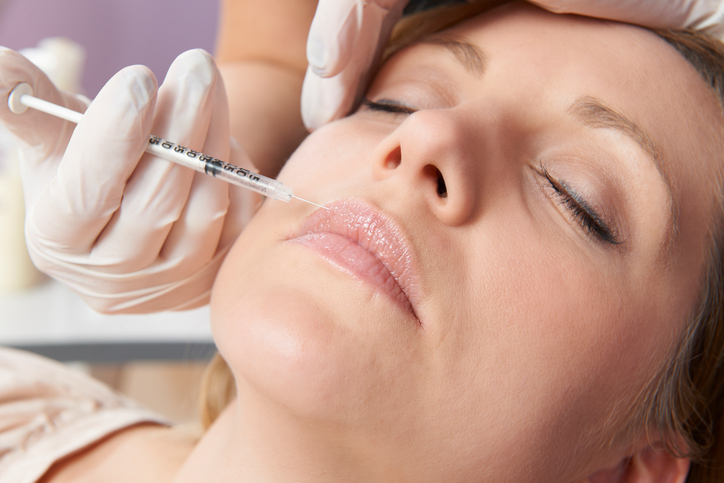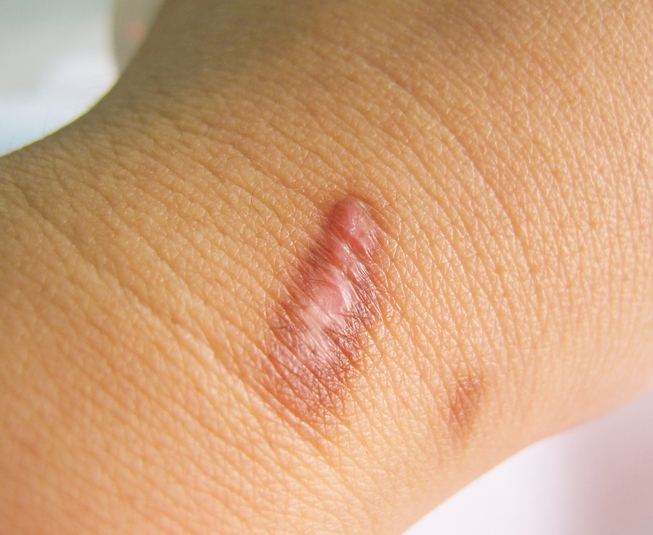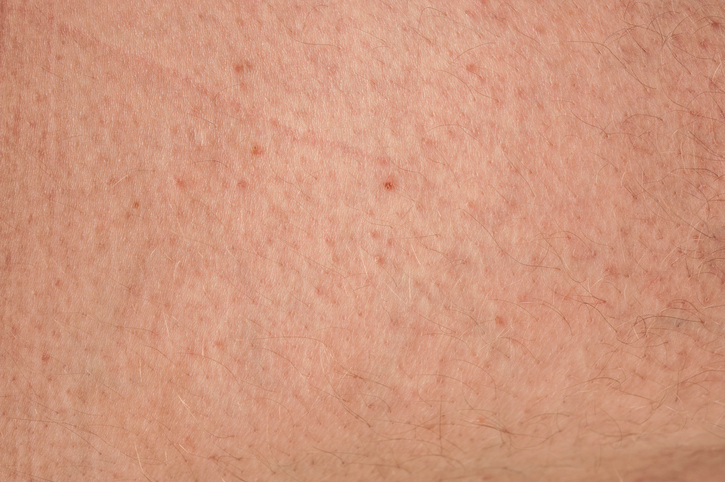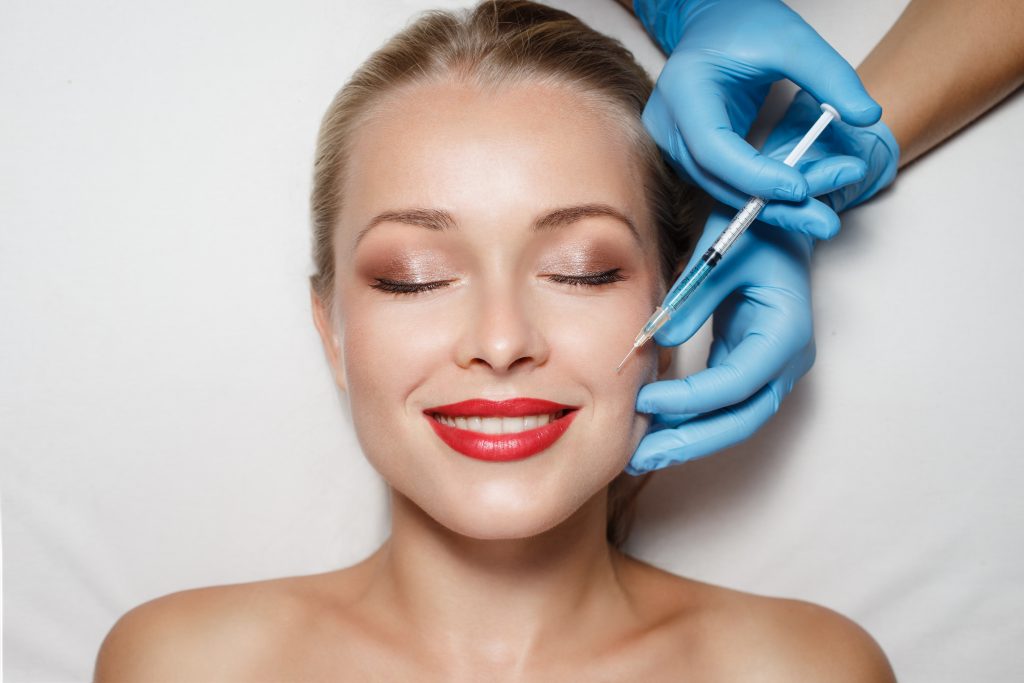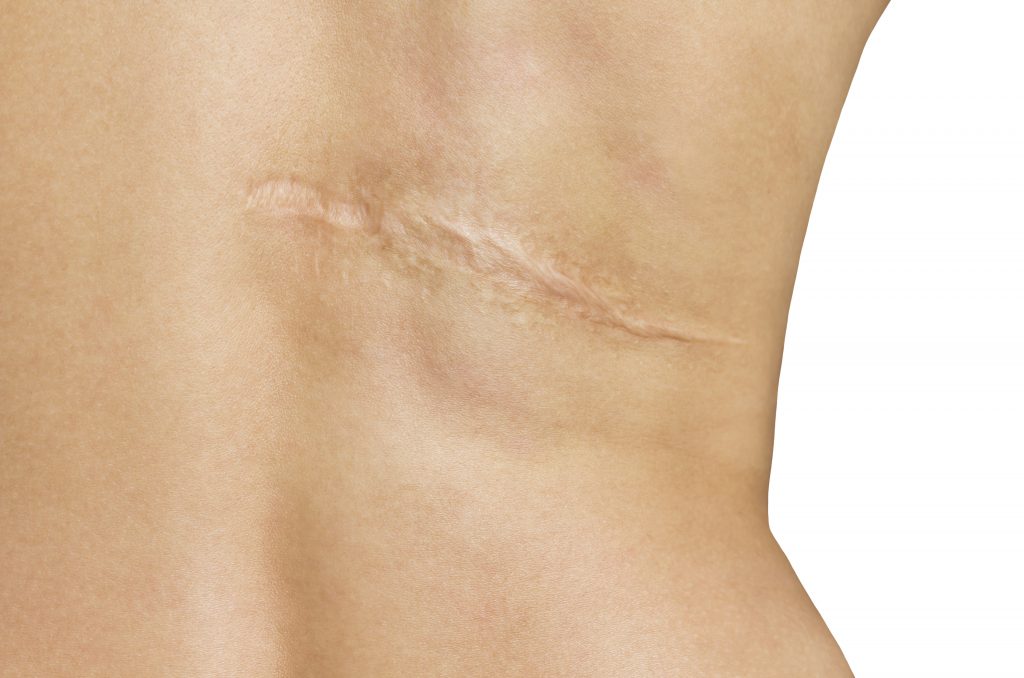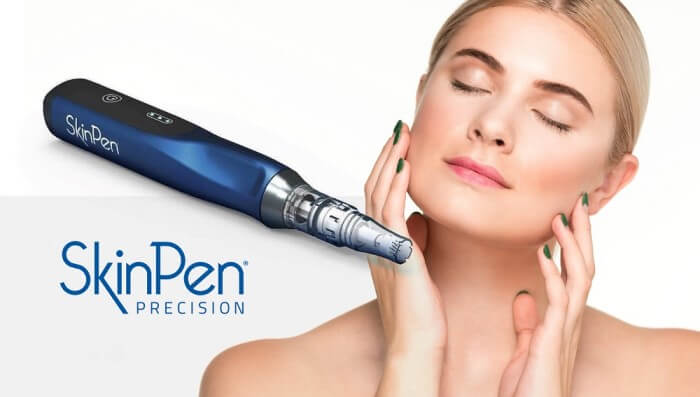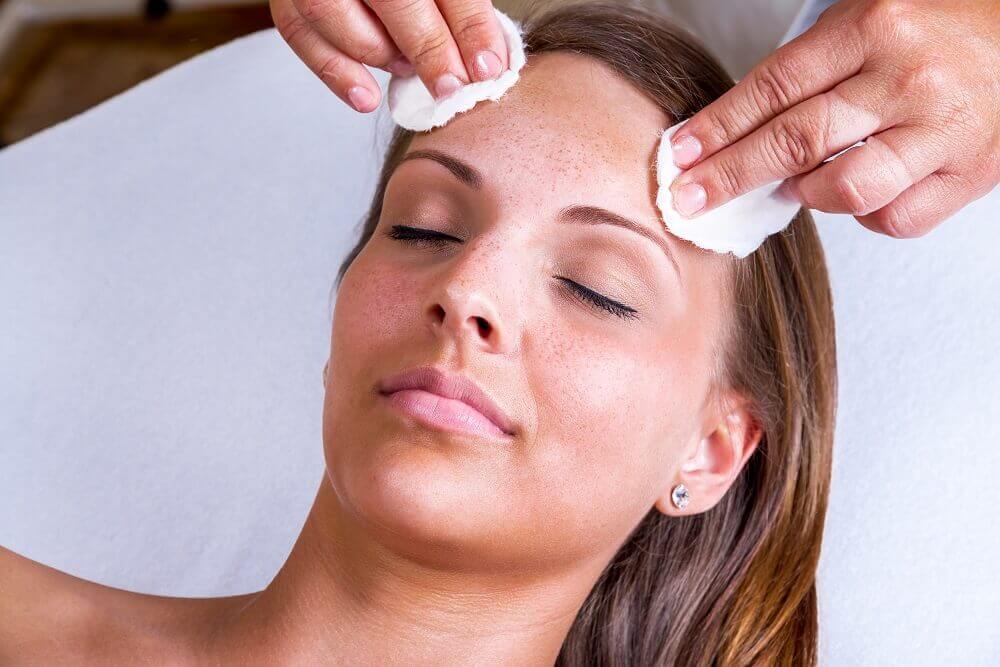Dr. Miranda Uzoma Ewelukwa is a board-certified Houston dermatologist at U.S. Dermatology Partners Sugar Land in Sugar Land, Texas.
She completed her dermatology residency training at Henry Ford Hospital in Detroit, Michigan after which she returned to Houston to pursue further advanced fellowship training in dermatopathology at the University of Texas Health Science Center at the Texas Medical Center. Dr. Uzoma Ewelukwa is a fellow of the American Academy of Dermatology and is a member of the American Society of Dermatopathology, the International Society of Dermatopathology, Skin of Color Society, and Women’s Dermatologic Society. She is a skilled dermatologic surgeon and has a strong interest in hair loss disorders, complex medical skin diseases like hidradenitis suppurativa, and pigmentary disorders such as vitiligo.
Dr. Uzoma Ewelukwa is excited to have returned to her hometown to serve the Houston community. In her spare time, she enjoys spending time with her husband and children, and keeping up with the Houston Rockets and Texans.
Featured Articles
- Improving Representation of Skin of Color in Dermatology
- Everything You Need To Know About How Psoriasis Shows Up On And Affects Black Skin
Featured Blogs
- 42 U.S. Dermatology Partners Physicians Recognized by 2024 Super Doctors® Awards
- Super Doctors Recognizes 16 Dermatology Partners Physicians as Rising Stars in Peer-Nominated Award
- Super Doctors 2023 Recognizes 43 U.S. Dermatology Partners Physicians in Peer-Nominated Award
- 12 Ways to Stop Hair Loss
- Texas Monthly Super Doctors 2023 Recognizes 18 U.S. Dermatology Partners Physicians as Rising Stars in Peer-Nominated Award
- Why You Should Consider Visiting an African American Dermatologist
- Texas Monthly Super Doctors 2022 Recognizes 14 U.S. Dermatology Partners Physicians as Rising Stars in Peer-Nominated Award
- U.S. Dermatology Partners Sugar Land Will Now Offer Mohs Surgery
- What You Should Know About Keratosis Pilaris
- 5 Skincare Tips for Skin of Color
- U.S. Dermatology Partners Welcomes Dr. Miranda Uzoma Ewelukwa to Sugarland, Texas


